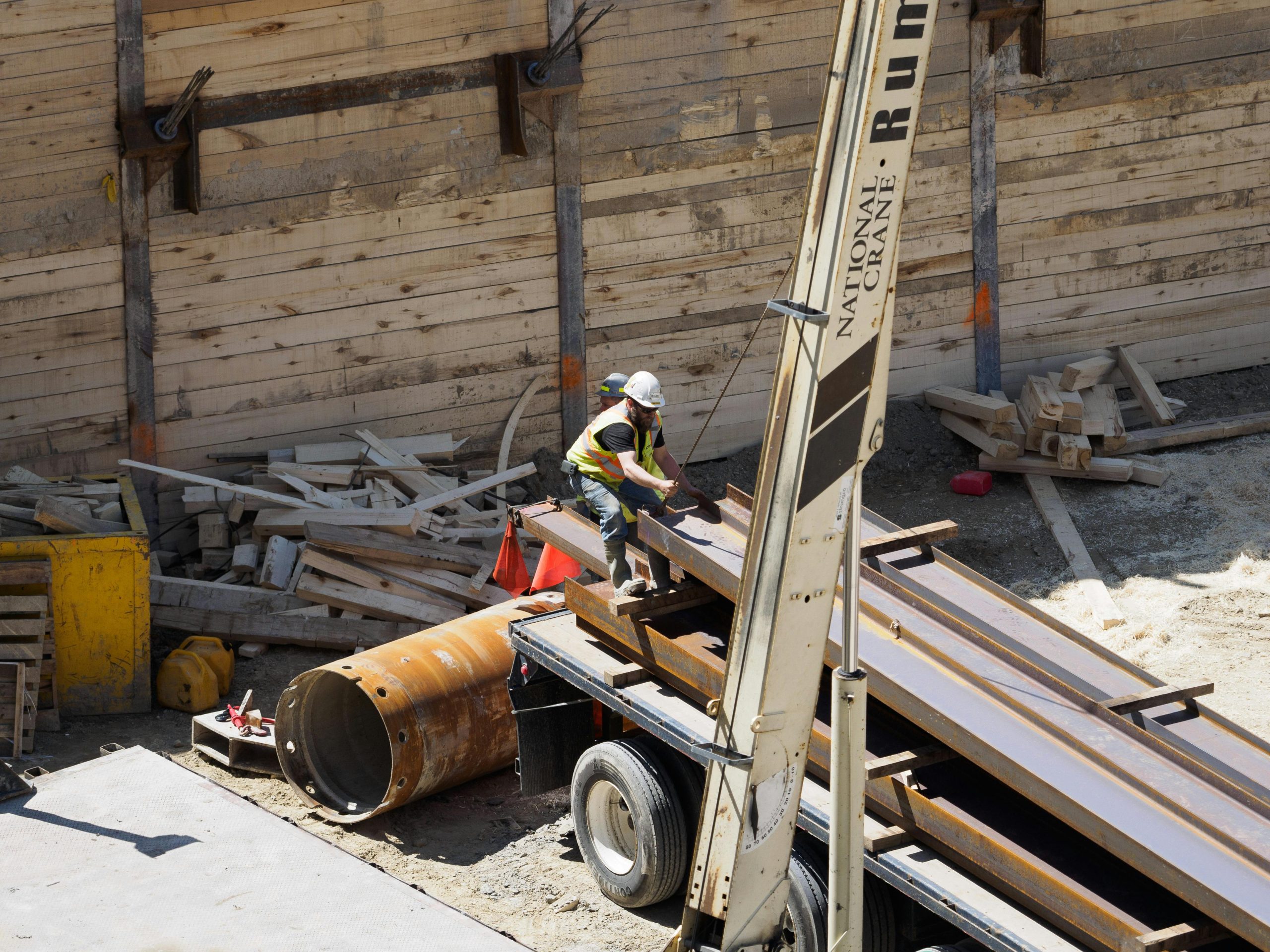In today’s fast-paced world, clutter and chaos often dominate our living spaces, leaving us feeling overwhelmed and stressed. Embracing a Minimalist lifestyle can transform your home, turning it into a serene, organized haven where every item serves a purpose. This lifestyle isn’t just about owning fewer things—it’s about creating a space that fosters clarity, focus, and peace of mind.
Understanding the Minimalist Lifestyle
What Is a Minimalist Lifestyle?
A minimalist lifestyle is a conscious approach to living with intention. It emphasizes simplicity, functionality, and mindfulness. This philosophy encourages you to focus on what truly matters, removing excess possessions and distractions from your environment.
Benefits of Adopting Minimalism
Living minimally offers numerous advantages, including:
- Reduced stress and mental clutter
- Enhanced focus and productivity
- Financial savings from fewer purchases
- A cleaner, more organized home
- A sustainable and eco-friendly lifestyle
Decluttering Your Home: Step-by-Step
Start with One Room at a Time
Tackling your entire home at once can feel overwhelming. Begin with a single room, such as your bedroom or living room. Assess each item and ask: “Do I use this regularly? Does it bring me joy?” Items that fail these questions should be donated, recycled, or discarded.
Sort Items into Categories
Create categories like keep, donate, sell, and recycle. Sorting items makes the decluttering process systematic, preventing unnecessary decision fatigue and helping you see tangible progress quickly.
Embrace the “One In, One Out” Rule
To maintain your minimalist home, adopt the “one in, one out” policy: for every new item you bring in, remove one existing item. This simple practice prevents clutter from accumulating again.
Minimalist Furniture and Decor
Choose Multi-Functional Pieces
Minimalist furniture should serve multiple purposes. Consider sofas with storage, foldable tables, or beds with drawers underneath. Multi-functional furniture maximizes space while keeping your home uncluttered.
Stick to Neutral Colors
Neutral tones like white, beige, gray, and soft pastels create a calm, cohesive look. These colors make spaces appear larger and more serene, perfectly complementing a minimalist lifestyle.
Declutter Your Surfaces
Clear surfaces contribute significantly to a minimalist aesthetic. Limit decorative items to a few meaningful pieces, and keep countertops, shelves, and tables mostly free of clutter.
Digital Minimalism in the Home
Organize Your Devices
A minimalist lifestyle extends beyond physical items. Manage your digital space by organizing files, deleting unused apps, and unsubscribing from unnecessary email lists.
Limit Screen Time
Designate areas in your home where devices are used minimally. This encourages interaction, mindfulness, and helps reduce the mental clutter associated with constant notifications.
Minimalist Mindset for Sustainable Living
Prioritize Quality over Quantity
Investing in fewer, high-quality items saves money over time and aligns with sustainable living practices. This approach ensures that your possessions are durable, functional, and aesthetically pleasing.
Practice Mindful Consumption
Before making a purchase, ask yourself if the item is necessary and aligns with your minimalist goals. Mindful consumption reduces impulse buying and contributes to a more intentional, clutter-free lifestyle.
Create a Daily Minimalist Routine
Incorporate small habits such as tidying up daily, limiting material possessions, and setting clear priorities. Over time, these habits reinforce the minimalist mindset and enhance your overall sense of well-being.
Minimalist Storage Solutions
Use Hidden Storage
Storage solutions like under-bed drawers, ottomans with compartments, and built-in shelving help hide belongings while maintaining a clean and minimal look.
Declutter Regularly
Schedule monthly decluttering sessions to assess possessions and remove items no longer serving a purpose. Regular decluttering prevents accumulation and keeps your home feeling fresh and open.
Embrace Vertical Space
Utilize wall-mounted shelves, hooks, and cabinets to maximize storage without crowding floors. Vertical space helps maintain openness while keeping essentials within reach.
Minimalist Lifestyle Tips for Every Room
Kitchen Minimalism
Keep countertops clear, store rarely used appliances, and limit kitchen gadgets to essentials. A clean, uncluttered kitchen makes cooking more enjoyable and efficient.
Living Room Minimalism
Focus on functional furniture, open floor space, and a few meaningful decor pieces. This creates a welcoming environment ideal for relaxation and connection.
Bedroom Minimalism
Prioritize quality bedding, minimal furniture, and soft, neutral tones. A serene bedroom promotes restful sleep and reduces mental clutter.
Bathroom Minimalism
Keep personal care items organized in drawers or baskets. Limit products to essentials to make your bathroom a calming, spa-like space.
Overcoming Challenges in Minimalist Living
Emotional Attachment to Items
Letting go of sentimental items can be difficult. Preserve memories through photographs or digital archives instead of keeping physical objects.
Maintaining Minimalism with Family
Introduce minimalism gradually to family members. Encourage joint decluttering sessions and emphasize the benefits of a more organized, peaceful home.
Avoiding Minimalism Burnout
Minimalism doesn’t mean living with nothing. Allow yourself to keep a few items that truly bring joy or serve a purpose. Balance is key to long-term success.
Conclusion: Transform Your Home with Minimalism
Adopting a Minimalist lifestyle transforms not only your home but your mindset. By reducing clutter, embracing intentional living, and prioritizing quality over quantity, you create a space that fosters peace, clarity, and productivity. Start small, implement practical habits, and enjoy the profound sense of freedom that comes with less. Transform your home today—less truly can be more.



